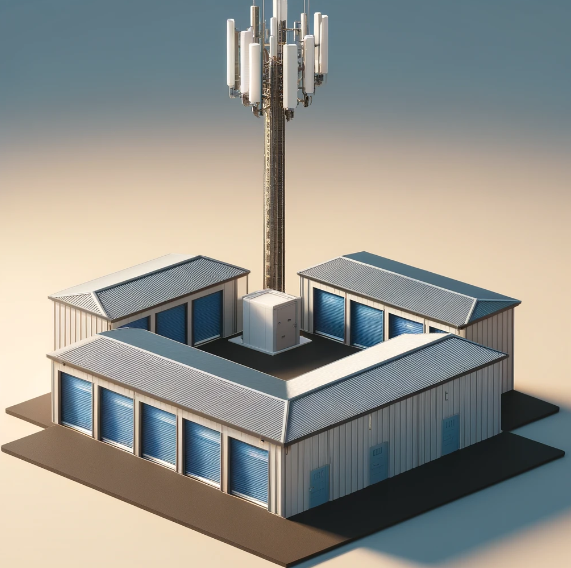The Latest Trend in Spectrum Sharing
Home / Wireless Infrastructure Blog / The Latest Trend in Spectrum Sharing
Spectrum sharing is a new trend in wireless telecom deployment and makes sense for many reasons: spectrum is rare and expensive, so sharing is profitable, but it’s also efficient and provides (via carrier aggregation) a faster, less congested connection for subscribers. Verizon, Ericsson and Qualcomm recently filed applications to test sharing of a large piece of 5 GHz spectrum currently owned by the U.S. Verizon said that in the long-term this spectrum (previously used for military radar applications) could work in high-demand venues, like stadiums, college campuses and airports. The result of these initiatives would potentially reduce the need for new tower builds











